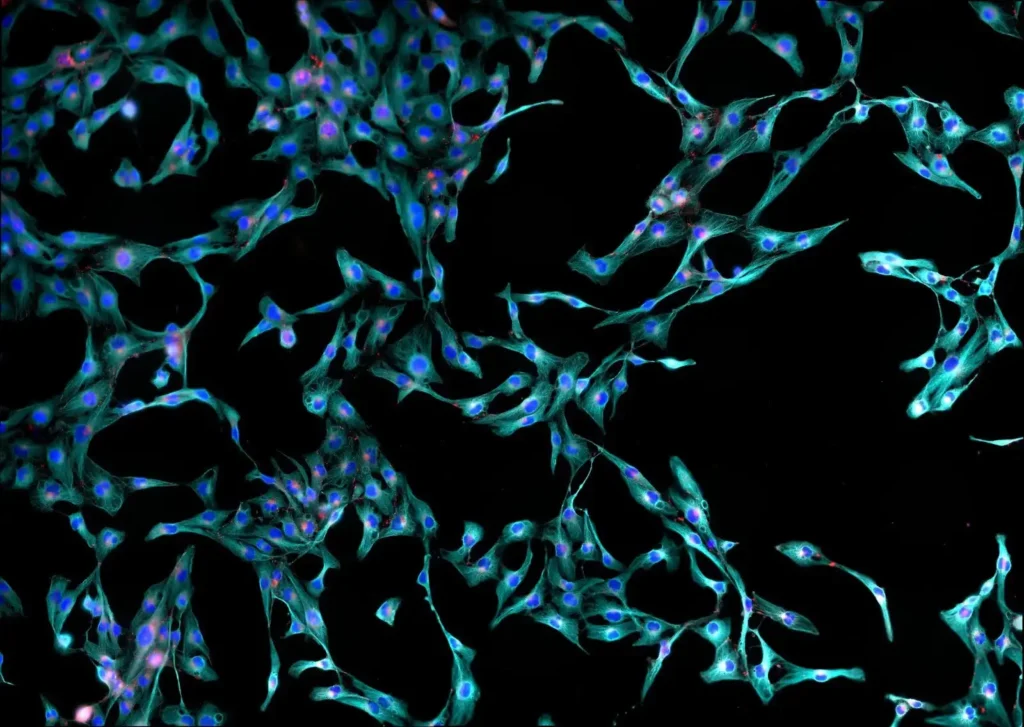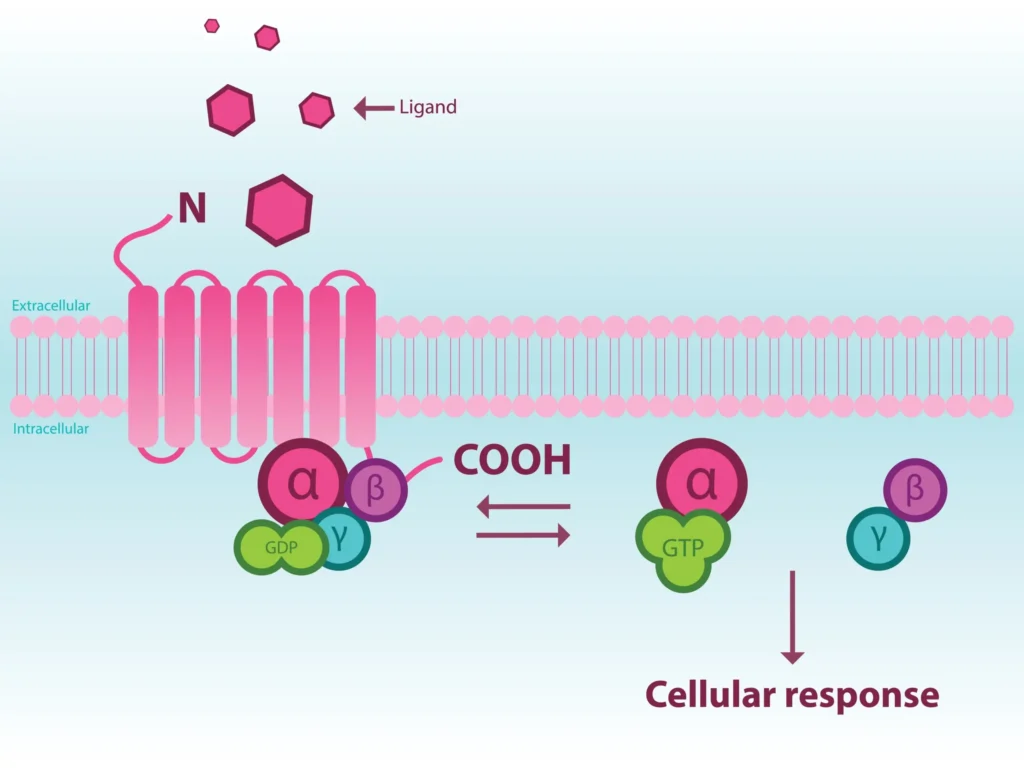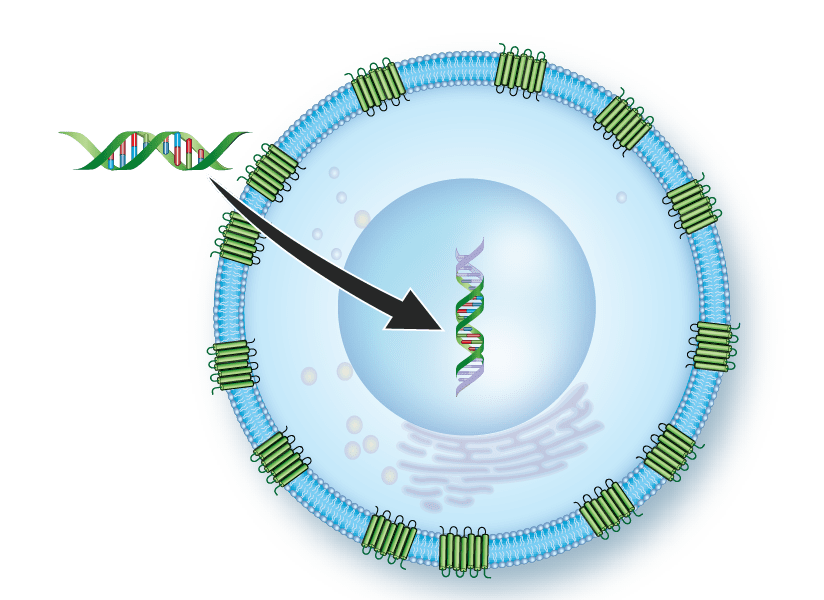-
Assays & Services
MULTISCREENTM Products
Services
Innovations
Have any Questions or Want a Quote?
Talk to a SpecialistSign Up For Our Newsletter
Email Sign Up -
Support
-
Assays & Services
MULTISCREENTM Products
Services
Innovations
Have any Questions or Want a Quote?
Talk to a SpecialistSign Up For Our Newsletter
Email Sign Up -
Support
Scientific Insights
In-depth perspectives on GPCR science, assay innovation, and the future of drug discovery.
Most Recent Article
May 23, 2025
Amylin Family Receptors for Drug Discovery
Learn about the amylin peptide family, their role in human physiology, receptor interactions, and why they are key targets in metabolic and neurological disease research.
All Articles
Click Buttons to Filter by Topic
Amylin Family Receptors for Drug Discovery
Learn about the amylin peptide family, their role in human physiology, receptor interactions, and why they are key targets in metabolic and neurological disease research.



























